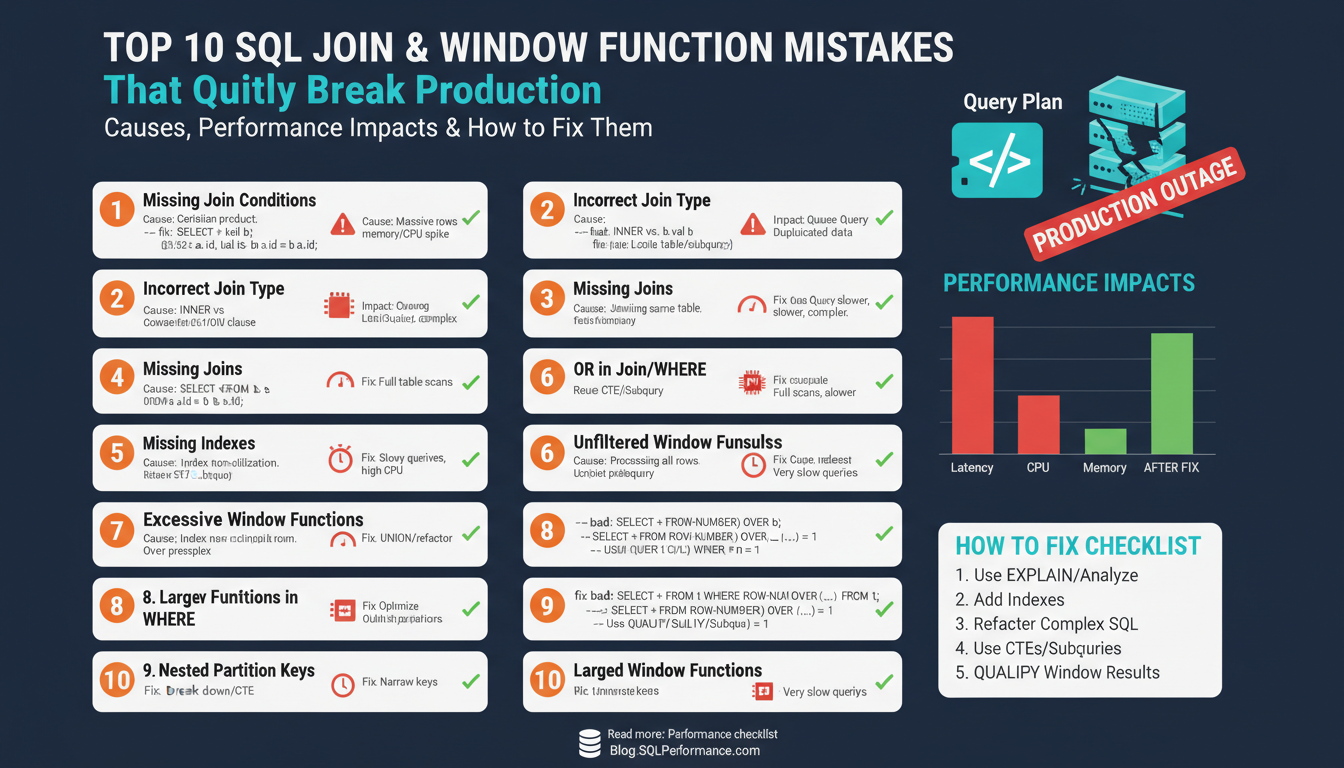Why Your ChatGPT Prompts Aren’t Working
Many users experience frustration when ChatGPT doesn’t deliver the insightful or accurate answers they expect. This often boils down to the way questions or instructions—known as “prompts”—are composed. While it may seem like you can simply type anything and get a stellar response, the reality is that prompts need to be thoughtfully crafted to extract the best results from AI.
Lack of Specificity
One common mistake is being too vague or general. For instance, asking “Tell me about dogs” will produce a generic answer. Instead, try narrowing your focus: “What are the top three health issues that affect Golden Retrievers, and how can owners prevent them?” Being specific gives ChatGPT the context it needs. Harvard University’s Berkman Klein Center highlights that clear, targeted communication enhances the accuracy of AI-generated content.
Assuming It Reads Minds
AI tools like ChatGPT cannot infer your intent unless you explicitly state it. If you need information in a certain format, or you want a particular viewpoint, be upfront in your instructions. For example, if you want a summary instead of a full explanation, specify: “In three sentences, summarize the main points from this article.” The OpenAI documentation provides guidelines for explicit prompting that boost result quality.
Not Giving Enough Context
Users often overlook the importance of context. ChatGPT benefits from supporting details—timeframes, perspectives, or specific datasets. Instead of, “How can I improve my writing?” try “What are three advanced techniques I can use to improve my business blog writing in 2024?” Context eliminates ambiguity and leads to much more actionable advice, as shown in the Nature deep-dive into prompt engineering.
Not Iterating and Experimenting
Many people expect perfect results on the first try. However, the best practitioners know that refining, rewording, or breaking a complex query into smaller questions yields better answers. Think of it as a conversation; building on previous responses helps guide ChatGPT towards your ultimate goal. Industry experts at The Wall Street Journal recommend iterating with follow-up prompts to clarify or deepen outputs.
The key takeaway: ChatGPT is powerful, but the results depend heavily on how you engage with it. By addressing these common pitfalls, you set yourself up to get more accurate, relevant, and valuable answers from AI—every single time.
Understanding the Basics of Effective Prompting
At the core of any productive experience with ChatGPT lies a clear understanding of how to craft prompts effectively. If you simply type a question and expect a perfect answer every time, you’re likely missing out on the tool’s true potential. Understanding the basics of effective prompting can dramatically improve the relevance and quality of your conversations with AI.
1. Be Specific and Clear
The more detailed your prompt, the better the response you’ll get. Vague or ambiguous prompts often lead to output that isn’t useful. For example, instead of asking “Tell me about history,” try “Summarize the causes and effects of the Industrial Revolution in Britain.” This level of specificity guides ChatGPT towards generating focused, relevant information.
2. Provide Context
AI responds best when you set the stage. Context helps it understand your intent and expected outcome. For example, if you’re seeking a business email, specify the scenario: “Write a formal email to a client apologizing for a delayed shipment and offering a discount.” Notice how the request includes purpose, tone, and audience.
3. Use Step-by-Step Instructions
Break down complex tasks into smaller steps. This mirrors the approach recommended by experts in prompt engineering, as outlined by O’Reilly. For example:
- Step 1: Summarize the following article.
Step 2: List three key takeaways.
Step 3: Suggest how these insights could be applied in a workplace setting.
This stepwise approach keeps the AI focused and delivers results tailored to each instruction.
4. Experiment and Iterate
Crafting effective prompts is often an iterative process. Start with a basic question, review the answer, and refine your prompt to narrow the focus or adjust the tone. Studies by Harvard Data Science Review highlight the value of iterative querying in achieving optimal AI outputs.
5. Set Formatting and Style Preferences
Tell ChatGPT how to format the response if you have a preference. For example, request an answer in bullet points, as a table, or as a short summary with references. Sample prompt: “List the main causes of climate change in bullet points with links to scientific studies.”
Learn more about prompt engineering best practices from the authoritative insights at Google’s Machine Learning resources.
Mastering these foundational elements of effective prompting turns ChatGPT from a simple chatbot into a sophisticated productivity partner. Start small, experiment, and watch the quality and usefulness of your AI interactions soar.
The Power of Context: Setting Up for Success
When interacting with ChatGPT, one of the most overlooked yet powerful strategies for getting high-quality responses is providing ample context. Think of ChatGPT like a brilliant collaborator entering a conversation without any background—without guidance, you’re leaving much up to chance. Setting the stage with detailed information can significantly enhance the usefulness and accuracy of your results.
A key insight, highlighted by research from Harvard Data Science Review, suggests that “prompt engineering”—the way you phrase questions and provide context—dramatically impacts the effectiveness of large language model outputs.
Here’s how to craft context-rich prompts for maximum impact:
- Provide Background Information: If you’re discussing a specific topic, give a brief overview. For example, rather than simply asking, “What is the best marketing strategy?”, offer context: “I’m the owner of a small online bookstore with a limited advertising budget—what are some proven digital marketing strategies that have worked for similar businesses?”
- Set Clear Roles: If you want the AI to adopt a particular persona or expertise, specify that. For instance, “Act as a tech support expert” or “Respond like a professional resume writer.” This focus helps the AI tailor its answers to your needs. Guidelines on creating context for successful prompts are outlined in articles by experts at Stanford University’s AI group.
- Specify Desired Output: Let the model know the type of answer you need—such as a list, a summary, pros and cons, or step-by-step instructions. This reduces ambiguity and aligns the response to your goals. For example, “List five creative ways…” or “Summarize the following article…”
- Include Reference Points or Examples: If there’s a specific style or template you’re interested in, link an example or describe it. You might say, “Write a product description in the style of Amazon listings” or even link to a reputable resource, such as Shopify’s guide to product descriptions.
Consider one more real-world application: educators using ChatGPT find that providing context about their students’ level and curriculum (“Explain photosynthesis for 7th graders studying environmental science”) yields far more targeted, actionable results. This practice is recommended by knowledge-sharing organizations like Stanford Graduate School of Education.
Ultimately, the more relevant context you supply, the more closely ChatGPT can match your intent, reduce misunderstandings, and accelerate your workflow. Treat your prompt as both an invitation and a blueprint—it guides the conversation and ensures you unlock the full power of AI assistance.
Examples of Pro-Level Prompts That Get Results
Mastering ChatGPT starts with your ability to craft prompts that clearly communicate your goals and context. Professional users treat ChatGPT not as a magic oracle, but as a collaborative assistant—one that excels with direction. Here are several advanced prompt techniques, complete with detailed examples and actionable steps to help you harness the full potential of conversational AI.
Set Clear Roles and Context
AI performs best when it knows “who” it is supposed to be. Specifying a role positions ChatGPT in the right mindset, which steers its language style and depth. For example:
- Prompt: “You’re an experienced copywriter for a tech startup. Write a product description for a new cloud storage app, highlighting security and user experience.”
- Why this works: It provides an identity, task, and focus, resulting in richer, context-aware responses.
Backing this technique, recent academic research shows that context and role cues lead to more accurate and relevant AI outputs.
Break Down Complex Tasks into Steps
When asking for help with intricate questions, pro-level users break the task down into specific, logical steps. This guides ChatGPT to deliver structured and comprehensive answers.
- Prompt: “Explain the process of writing a grant proposal for medical research in five clear steps, with a brief example for each.”
- Example Output: The AI may list: identifying the research question, literature review, outlining objectives, budget planning, and submission processes, each with practical, detailed suggestions.
This logical prompting technique is closely aligned with techniques used in cognitive science to solve problems step by step.
Request Specific Output Formats
Demanding a certain format—such as bullet points, tables, or templates—ensures the AI delivers information in the way you need it.
- Prompt: “Summarize this article in a table comparing pros and cons.”
- Prompt: “Give me a checklist for launching an email newsletter.”
For more on why structured formats aid comprehension, check out this Edutopia article on information structures.
Use Iterative Refinement
Professionals often prompt ChatGPT in stages, asking follow-up questions or requesting revisions until the result is just right. This iterative approach produces tailored, nuanced outputs.
- Prompt: “Rewrite this explanation at an 8th-grade reading level. Now, add a relevant metaphor. Now, shorten it to 50 words.”
Iterative refinement mimics the project management process where continuous improvement leads to optimal outcomes.
Combine Constraints and Creativity
Expert users know how to balance creative freedom with clear constraints. This approach unleashes the AI’s creativity, while keeping it relevant.
- Prompt: “Write a 100-word story for children about teamwork, featuring a rabbit and a turtle, and include a moral at the end.”
By mixing boundaries (length, theme, characters) with a spark of imagination, you ensure engaging results tailored to your audience. The concept is regularly applied in creative writing classes, as detailed by the Harvard Writing Center.
Incorporating these strategies will transform your ChatGPT interactions from generic queries to powerful, result-driven conversations. Pro-level prompts are less about phrasing magic words and more about clarity, intent, and iterative collaboration.
Common Mistakes to Avoid When Using ChatGPT
Many users dive into ChatGPT without a clear understanding of how to maximize its capabilities, often making common mistakes that reduce the quality and accuracy of the results. By recognizing and avoiding these pitfalls, you can significantly improve your experience and outcomes. Here are several critical mistakes to watch out for, along with actionable advice and examples:
1. Being Too Vague or Broad
One of the most frequent errors is providing prompts that are too general. ChatGPT performs best with clear, specific instructions. For example, instead of saying, “Tell me about dogs,” try requesting, “Explain the history, key characteristics, and common breeds of domestic dogs.” The more context and detail you give, the more precise and useful the response will be. For further reading on crafting effective prompts, check out this guide from Harvard University.
2. Not Experimenting With Follow-Up Prompts
Another common mistake is assuming the first answer is the best—or only—answer. Like having a conversation, ChatGPT improves the more you interact. Ask clarifying questions, request elaboration, or specify a different tone or format. For instance:
- First prompt: “Explain climate change.”
- Follow-up: “Can you summarize it in three points for a beginner?”
- Further follow-up: “Show me a bulleted list of main causes.”
This iterative method helps tailor the response to your needs. As suggested by Stanford University, iterative refinement often leads to richer insights.
3. Ignoring AI Limitations and Ethical Use
It’s important to remember ChatGPT’s limitations. The AI doesn’t “know” facts in real time, and its knowledge base might not be current. Avoid assuming that all information it delivers is up-to-date or accurate. Always cross-reference critical information with reliable sources such as The New York Times or peer-reviewed journals. Additionally, avoid using AI to generate misleading or harmful content. Ethical use guidelines are outlined by organizations like the MIT Technology Review.
4. Forgetting to Specify Audience and Purpose
Context matters. Whether you’re preparing an email for your boss or a bedtime story for a child, always mention your intended audience. For example, you might prompt, “Draft a short, friendly email to update my manager on the project status,” or “Create a fun story for a seven-year-old about space travel.” This information helps ChatGPT adjust the tone, complexity, and details. For more on communicating to specific audiences, the Purdue Online Writing Lab is a valuable resource.
5. Neglecting Formatting and Presentation
Another overlooked aspect is formatting. Well-structured prompts often yield well-structured answers. If you need a bulleted list, a summary, or steps, explicitly state it in your prompt. For example, “List three key steps to making sourdough bread,” or, “Summarize this article in bullet points.” You can read more about how formatting affects AI output in this detailed article by Nature.
By steering clear of these mistakes and taking a thoughtful, systematic approach, you can prompt ChatGPT for more relevant, insightful, and actionable results every time.
Tips for Iterating and Refining Your Prompts
Many people expect AI tools like ChatGPT to generate perfect answers on their first try, but the true power of conversational AI comes with iteration and refinement. Just as you wouldn’t expect your first draft of an essay to be flawless, effective prompting requires an ongoing process of adjustment and precision. Here are detailed tips to help you iterate and refine your prompts for the best results:
Start Broad, Then Narrow Down
Begin with a general prompt to see how ChatGPT interprets your request. After reviewing the response, take note of what is helpful and what is missing. Gradually add more specifics in follow-up prompts. For example, if you ask, “Tell me about climate change,” and the answer is too broad, you could refine your next prompt to say, “Explain the economic impacts of climate change on coastal cities in the United States.” Each iteration should bring you closer to your desired output by narrowing the focus or clarifying your needs. For more on the importance of precise questioning, check out Harvard Business Review’s guide to effective questioning.
Use Role-Playing and Context
Context matters when prompting. Ask ChatGPT to take on specific roles or adopt certain tones—this is known as contextual prompting. For example, rather than asking, “Explain blockchain,” you might say, “Imagine you are a university professor explaining blockchain to first-year students.” This technique helps the AI adopt appropriate language and depth, ensuring the answer better fits your audience and objective.
Layer Instructions and Ask for Alternatives
If your initial results aren’t quite right, you can ask for alternatives or revisions. For instance, after receiving an answer, prompt with, “Can you provide a more detailed explanation?” or “Summarize this in three bullet points.” This iterative layering helps refine clarity and can reveal insights you didn’t consider initially. For a deeper understanding of iterative learning, read MIT’s overview on AI learning processes.
Examine Output and Provide Feedback
It’s critical to actively read and critique each response. If the answer includes inaccuracies or missing information, point them out in your next prompt. For example, “You mentioned X, but I’m interested in Y. Can you expand on that?” or “This answer seems outdated, is there any recent research supporting your points?” Ethical feedback loops like these increase output quality and help train the model to better meet your preferences. This active approach is supported by findings from Stanford University’s AI research blog.
Save and Reuse Effective Prompts
Once you’ve refined a prompt that yields strong results, save it as a template for future use. This habit is especially useful for recurring tasks or routine requests—such as generating social media posts, drafting emails, or summarizing research. Experts recommend building a repository of proven prompt templates for greater efficiency (MIT Technology Review shares prompt engineering tips).
Remember, mastering ChatGPT is an evolving journey. Commitment to iterating and refining your prompts will consistently unlock more accurate, creative, and actionable responses.



